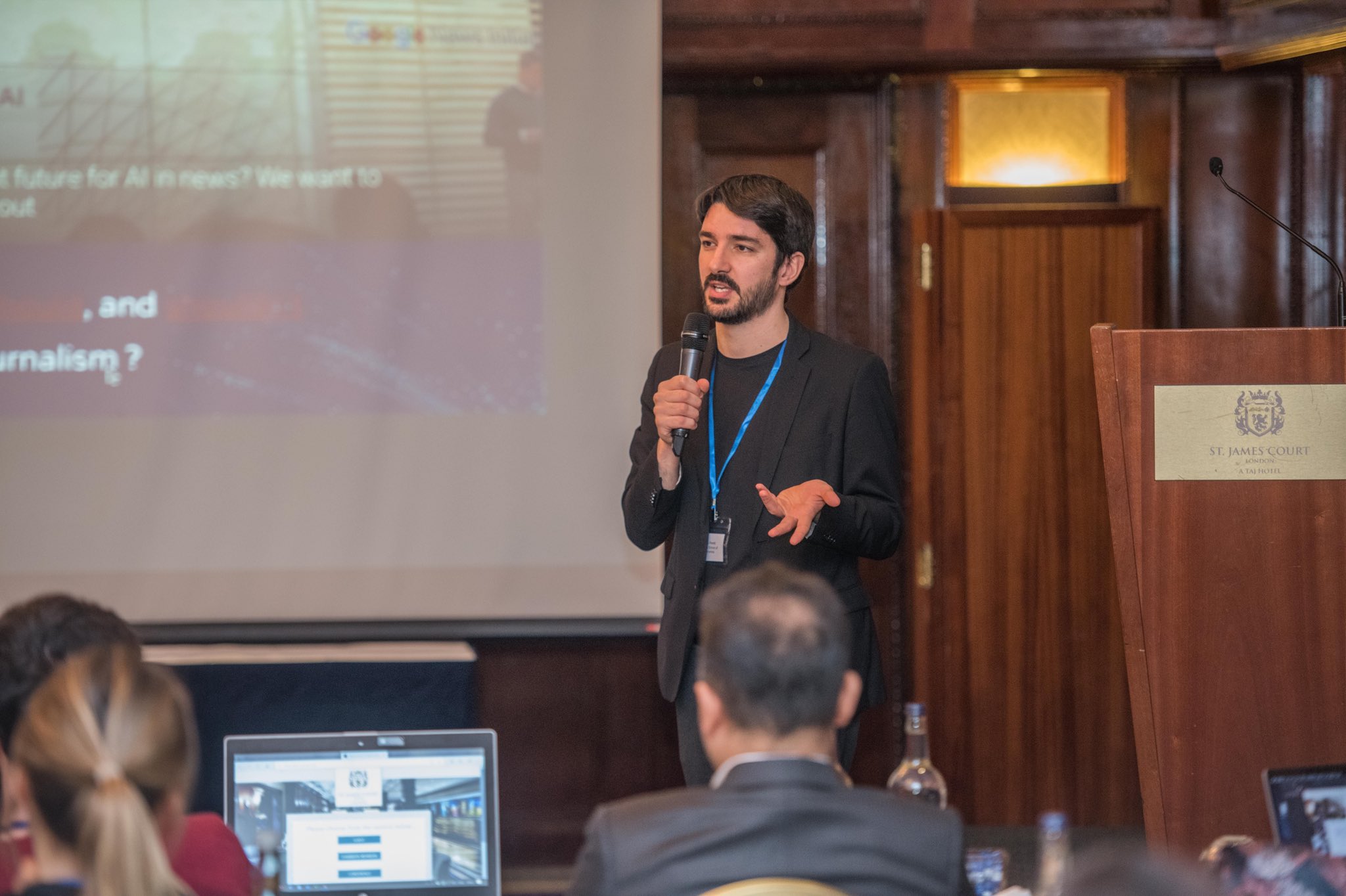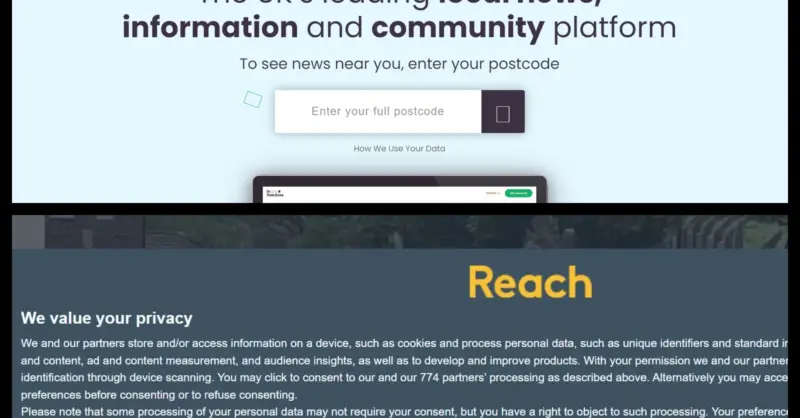- Digital Media Products, Strategy and Innovation by Kevin Anderson
- Posts
- How the third era of community strategies could restore trust and revenue for media organisations
How the third era of community strategies could restore trust and revenue for media organisations
A no-good, very bad week for US media

Over the last two weeks, I have written about the crisis in media, particularly local journalism, and ways to address it. For much of my career, I have worked with two assumptions:
We needed to create new products for the new ways that people consumed and interacted with media.
We needed to develop a new relationship with “the people formerly known as the audience”, as Jay Rosen, Jeff Jarvis and Dan Gillmor talked about this shift in the early part of this century.
The first decade of this century was heady days for digital media innovation, and the media is launching a new wave of community strategies as publishers and broadcasters seek to reclaim their relationships with audiences and drive higher revenue as those relationships develop and deepen. Reflecting on community strategies and the media for Pugpig’s Media Bulletin, I believe that we’ve seen three eras of community strategies in media.
The first era: Forums, blogs and podcasts
The first era began in the late 1990s and early 2000s with forums, blogs and the first generation of podcasts. Quite a few media organisations, like the BBC and the Guardian (I worked at both during this time - the BBC from 1998 to 2006, and the Guardian from 2006 to 2010), launched blogs and podcasts. I wrote a guide to blogs and blogging for the BBC that supported those efforts. At the BBC, we often used Jeff Jarvis’ phrase that news had become a conversation, and as public service media, it was our civic and missional responsibility to take part in those conversations, whether we initiated them or not.
I was asked to write the guide to blogging because I had written a blog for the BBC during the 2004 US presidential election, but I had been involved in very early experiments in audience engagement dating back to the 1990s, with Talking Point at the World Service, which allowed audiences from around the world to pose questions to newsmakers. During the 2000 election, we took this a step further. We took questions from the BBC’s global audience and hosted webcasts using a portable satellite data uplink allowing voters and experts to answer those questions.
When I was writing the guide to blogging, it was the beginning of the rise of media critics who referred to the BBC and other traditional outlets as the “lame-stream media”. Defensiveness led many media outlets not to engage with the critics, but I did, often directly. When I was covering Tony Blair’s visit to George W. Bush’s ranch. I referred to a local news story jokingly discussing cow tipping. An angry reader wrote to us assuming that I was a member of some coastal elite who wasn’t aware of farming. My mother grew up on a farm, which is still in the family, and I grew up helping friends on their dairy farms. I responded directly to the reader in good humour about my farming experience. It broke the ice, and I had a wonderful exchange, converting a critic into a supporter. Trust is based on relationships, not just professional standards.
However, during this first era of community strategies, many other publishers simply added comments to the bottom of their articles. Journalists wrote and audiences were consigned to the comment sections, which often became toxic and combative. Many media outlets didn’t adjust their editorial strategies to this new interactive era. It reinforced the us vs. them strategy. It didn’t deliver increased engagement or increased revenue because moderation costs often outweighed any benefit.
The second era shifted community efforts from publishers’ and broadcasters’ websites to social platforms. It seemed to make the most sense to follow where the audience was, and audiences had moved en masse to myriad social platforms before settling on Facebook’s platforms and, to a lesser extent, Twitter (well and now TikTok).
As I said in the Media Bulletin:
“Eventually, those early on-site community projects were shuttered. NPR, Reuters, Recode, The Verge and USA Today closed their comment sections. As NPR’s public editor said of the decision, “The audience itself has decided for NPR, choosing to engage much more via social media, primarily on Twitter and Facebook, rather than in the NPR.org comments section.” Unfortunately, outsourcing their relationships to audiences on social platforms has had disastrous effects on publishers.”
The Third Era: Membership and Community
Now publishers and broadcasters have a renewed interest in membership and community. While NPR - US public radio - has had a membership strategy since its inception, the model is expanding, from small local start-ups to large publishers. For community outlets and public media, membership means a sense of belonging and connecting to the mission. But membership can also mean exclusivity, which is what Elle is trying to do with its membership model with its Collective. Hearst and DC Thomson are rolling out several different approaches to community depending on the product. DC Thomson’s newspapers are leaning into the nature of community and place. It’s Stylist title is focusing on activism and empowerment for the women who read it.
For news publishers, I believe relationships are key to responding to the decline in trust in journalism. Trust is not abstract, and it is built on genuine engagement between publishers and their audiences.
The challenges are strategic, cultural and organisational we well as material. Strategically and culturally, organisations will need to develop clear propositions and the capabilities - editorially and technically - to carry out these strategies. Organisationally, it will be a challenge to develop and find the talent as well as reconfigure their operations to manage these strategies. And lastly, it will be a material challenge. It takes time and investment, and those are in short supply in media now.
The technology has matured with services like Coral and Viafoura, which leverage AI to ease the management of comments and offer new ways for publishers to interact with audiences.
Viafoura has some excellent data on why the effort is worth it. They say that audiences actively engaged in comment communities are six times more likely to subscribe. It proves the hypothesis that drove a lot of original engagement strategies - that engagement would lead to more time on-site and a deeper relationship with the media outlet. Moreover, with reader revenue now a meaningful part of many publishers’ and broadcasters’ strategies, this engagement translates to revenue. Greater trust and higher revenue are the key KPIs that will measure the success of these strategies.
Now onto the key media stories from the past week. David Cohn has worked at the intersection of media and technology for years now, and at this moment of immense change in media, he riffs on the environmental three Rs - reduce, recycle and reuse. says that publishers need to reduce reliance on platforms - the issue of an owned or rented audience. Read on to find out how he thinks recycling and reuse are relevant to publishers.
The Fix spoke to Mattia Peretti about his career river - the unique path professionally that he has taken. From a local radio station in Italy to LSE working with JournalismAI, he talks about that professional journey. This is just one bit of insight from the piece: “A helpful distinction Peretti suggests is discerning ‘knowledge tasks’ from ‘language tasks’. Current generative AI systems do a poor job producing content just based on prompt, but they are much better with repackaging existing content, meaning “language tasks’”.
One of the major changes this year will be the end of third-party cookies. The Press Gazette says that publishers must fight this new move by Google. During a time when digital advertising revenue has fallen dramatically for many publishers, the PG says that this will only make the situation worse.
For one of the UK’s largest publishers, Reach, they have announced a strategy to respond to the end of third-party cookies:
First-party data collected through its customer value strategy
Contextual advertising through its in-house AI-powered tool Mantis
And industry ID and cookie-less solutions.
A very bad start to 2024 for US media
Last week was particularly grim for US publishers, the LATimes laid off 20 percent of its staff. There was a strike at Condé Nast due to the expectation of job cuts while the company is engaged in contract negotiations. And there is a story about how all of the turmoil is making journalism students concerned about their professional opportunities





